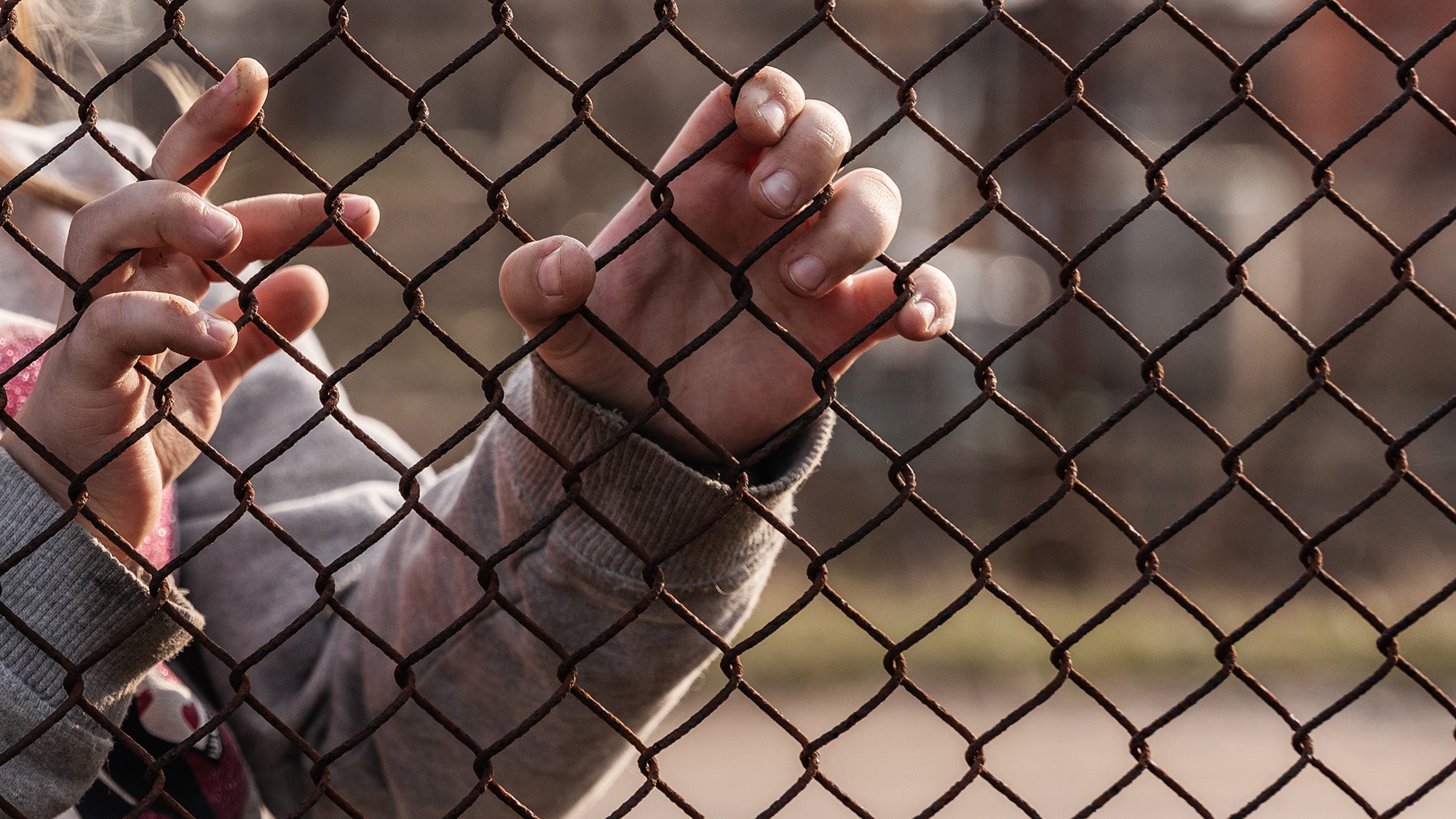Do guns make us safer? Science suggests no
Conflicting statistics about guns—such as how many people in the U.S. use guns for self-defense each year, and whether or not the crime rate is tied to how many people own guns—was the subject of a recent podcast featuring David Hemenway, professor of health policy at Harvard T.H. Chan School of Public Health.
Hemenway, an expert on the public health impact of gun violence and director of the Harvard Injury Control Research Center, was interviewed on Science Vs, a podcast that looks at fads, trends, and opinions to uncover what’s actually true.
Hemenway noted that one commonly cited statistic about guns—that 2.5 million people use them each year to defend themselves or their property — is based on faulty analysis from a 1990s study. A more reliable source of information, the National Crime Victimization Survey, pegs the number of people who use guns in this manner at roughly 100,000, according to Science Vs podcast host Wendy Zukerman. Hemenway added that there is no good evidence that using a gun in self-defense reduces the likelihood of injury. There is some evidence that having a gun may reduce property loss, “but the evidence is equally compelling that having another weapon, such as mace or a baseball bat, will also reduce the likelihood of property loss,” he said.
Addressing gun lobby assertions that crime is deterred when more law-abiding citizens carry guns, Hemenway said the evidence says otherwise. He said that even though more and more Americans are carrying concealed guns each year—the result of more states passing ‘right-to-carry’ laws—research has not uncovered a direct cause-and-effect relationship between the prevalence of guns and the U.S. crime rate. However, he noted, the presence of more guns does make crimes more violent. “What guns do is make hostile interactions—robberies, assaults—much more deadly,” he said.
Listen to the Science Vs podcast featuring David Hemenway
Learn more
Scientists agree: Guns don’t make society safer


